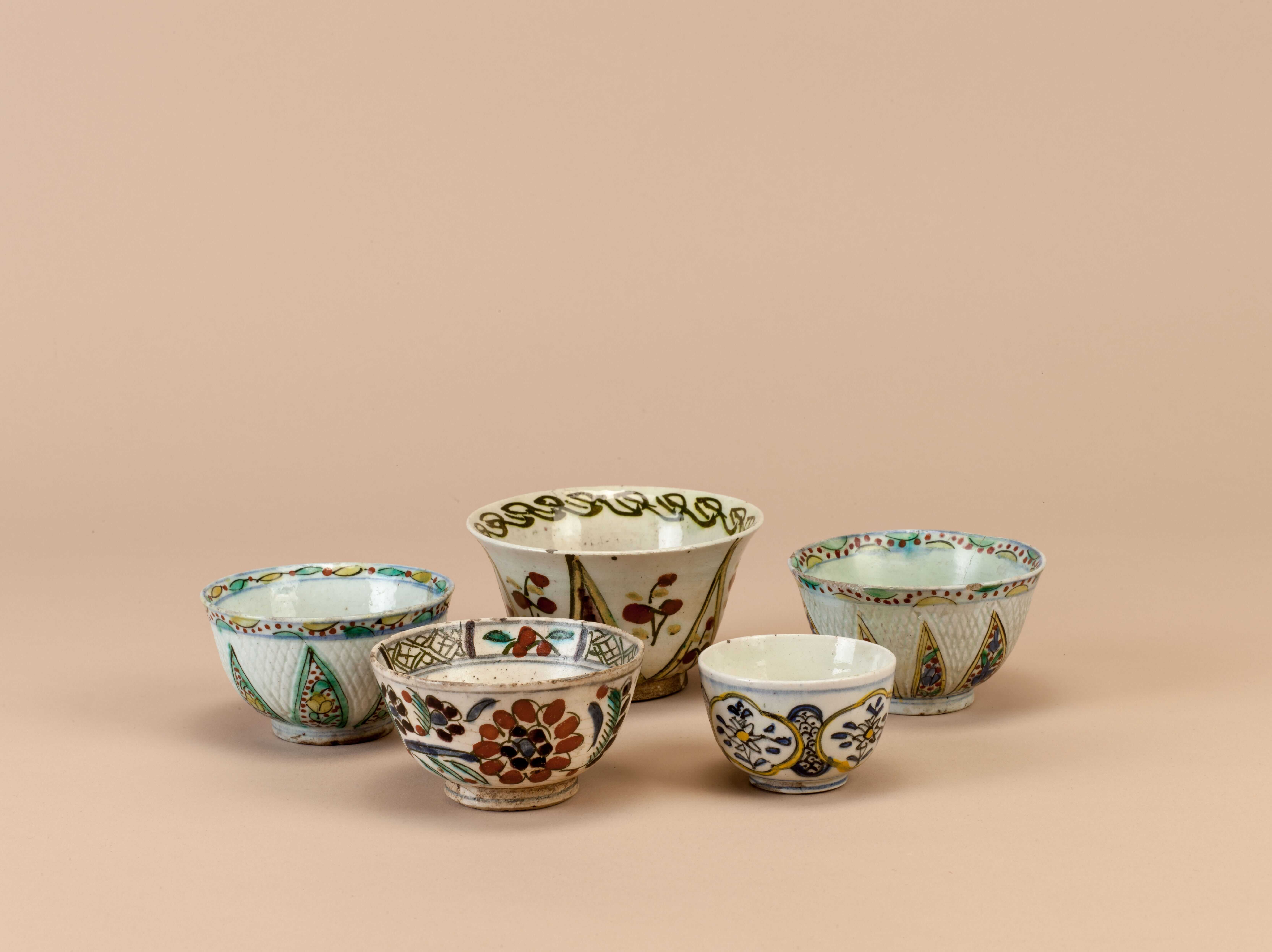Director: Luigi Comencini
Cast: Vittorio De Sica, Gina Lollobrigida, Marisa Merlini
Italy, 90’, 1953, black & white
Italian with Turkish subtitles
"Europe’s Biggest Sex Bomb in an All-Out Explosion!" A major hit at home and abroad — it won the Silver Bear at Berlin, and was Oscar nominated for Best Story — this saucy comedy features vivacious Gina Lollobrigida in one of her signature roles. The director is Luigi Comencini, a leading figure in “pink (or rosy) neorealism,” a softer, more upbeat form of Italian neorealism that joined realist, typically rustic settings with romantic comedy conventions — and a glamorous actress or two. Bread, Love and Dreams is the most prominent example of the rosy style. La Lollo stars as mountain village beauty Maria, ardently pursued by the town’s middle-aged police marshal (played by the great actor-director Vittorio De Sica), but actually in love with one of his deputies (Roberto Risso). Marisa Merlini co-stars as the local midwife. The film’s great success spawned a series of "Bread and Love" movies, including a sequel with the same cast and crew and another directed by Dino Risi, a principal talent, with Comencini, in pink neorealism and its successor, commedia all’italiana.
Trailer

Coffee was served with much splendor at the harems of the Ottoman palace and mansions. First, sweets (usually jam) was served on silverware, followed by coffee serving. The coffee jug would be placed in a sitil (brazier), which had three chains on its sides for carrying, had cinders in the middle, and was made of tombac, silver or brass. The sitil had a satin or silk cover embroidered with silver thread, tinsel, sequin or even pearls and diamonds.

Berggren acquires the techniques of photography in Berlin and holds different jobs in various European cities before arriving in İstanbul. Initially en route to Marseille, he disembarks from his ship in 1866 and settles in İstanbul, where he is to spend the rest of his life.
Tuesday - Saturday 10:00 - 19:00
Friday 10:00 - 22:00
Sunday 12:00 - 18:00
The museum is closed on Mondays.
On Wednesdays, the students can
visit the museum free of admission.
Full ticket: 300 TL
Discounted: 150 TL
Groups: 200 TL (minimum 10 people)